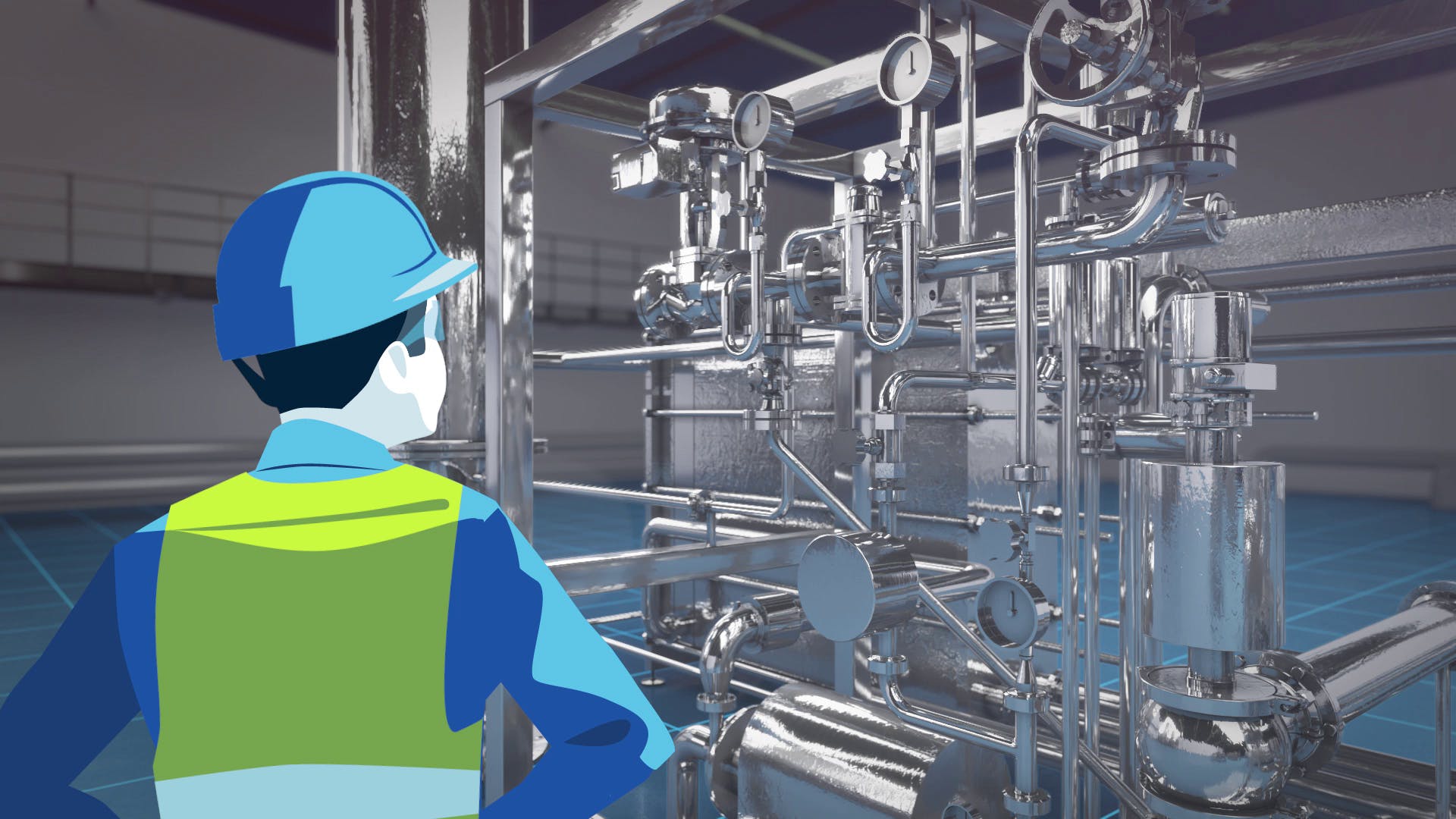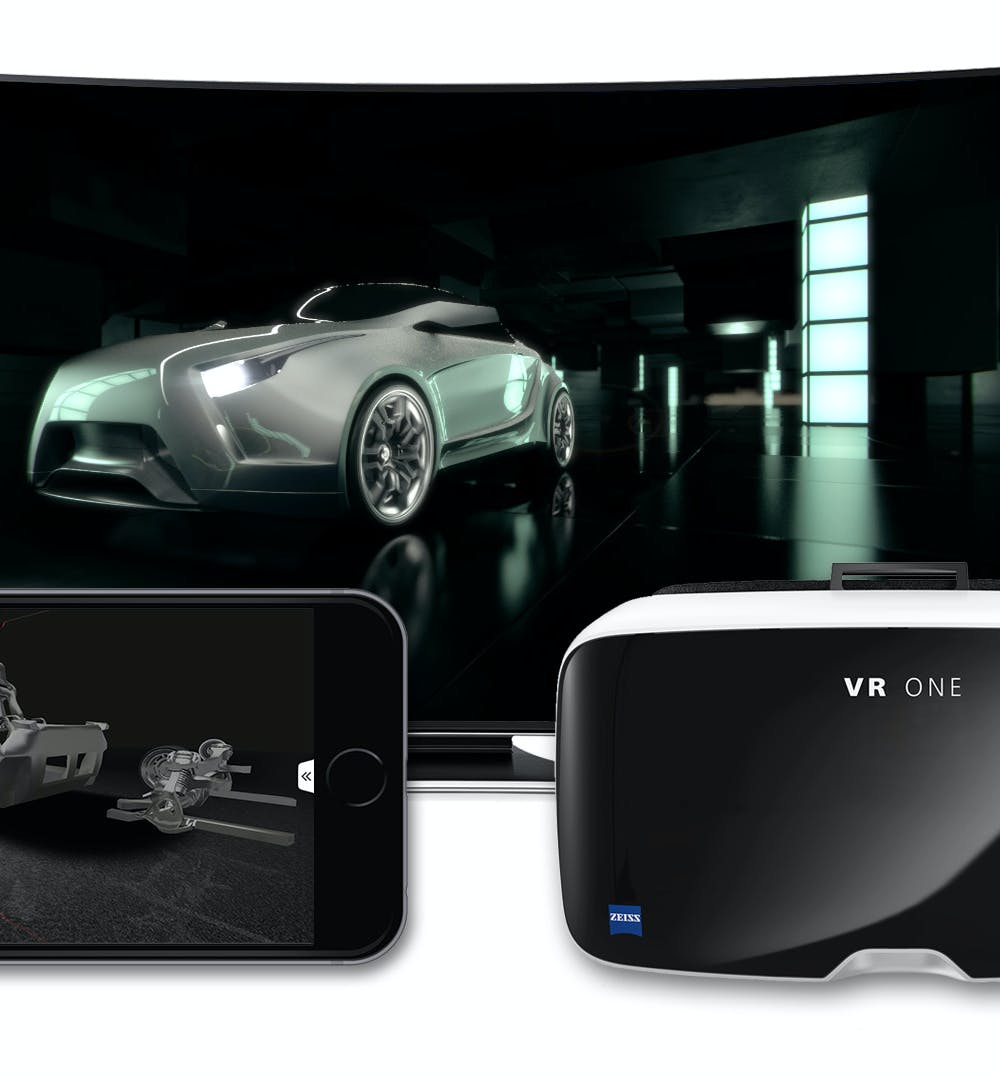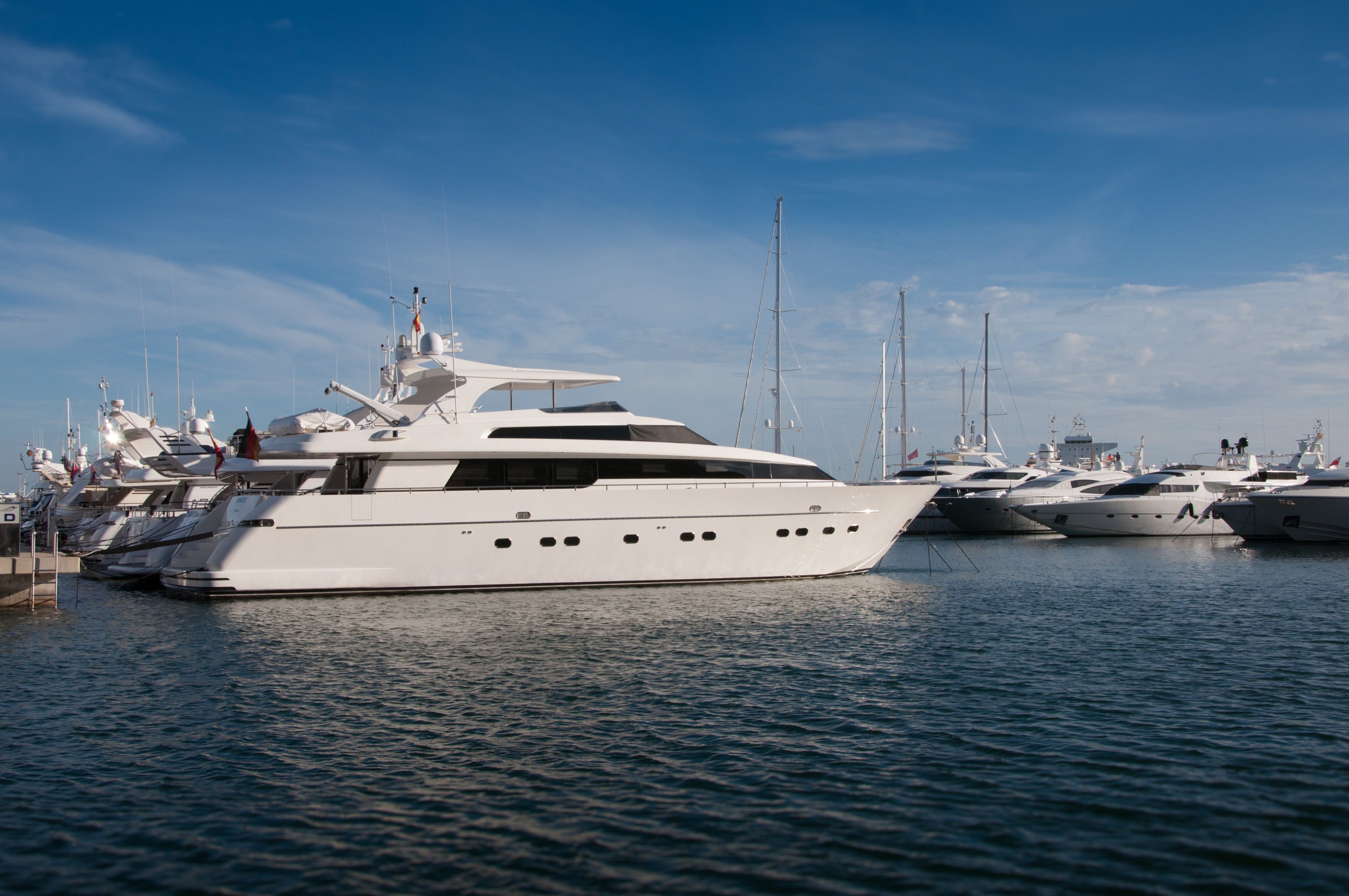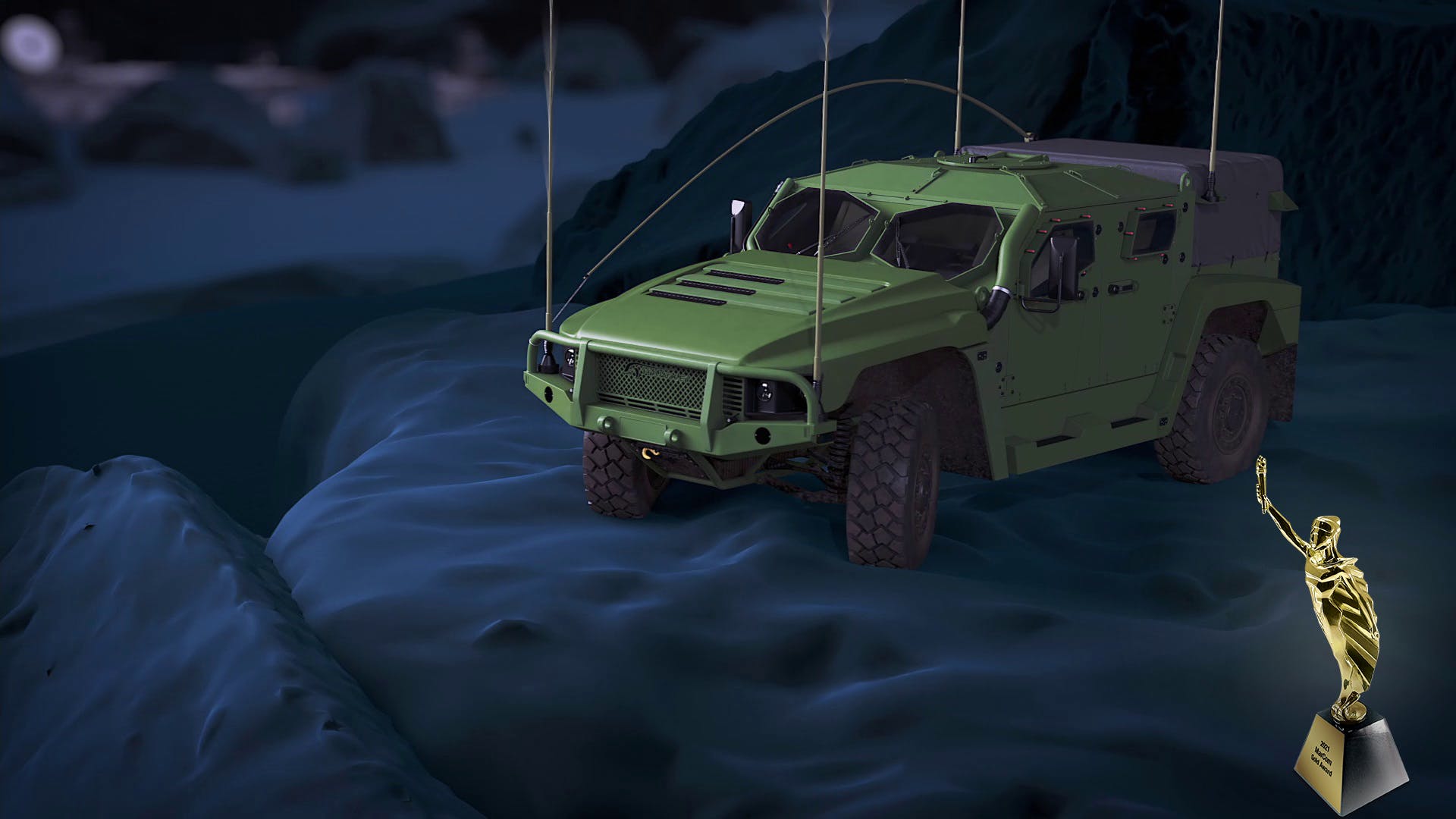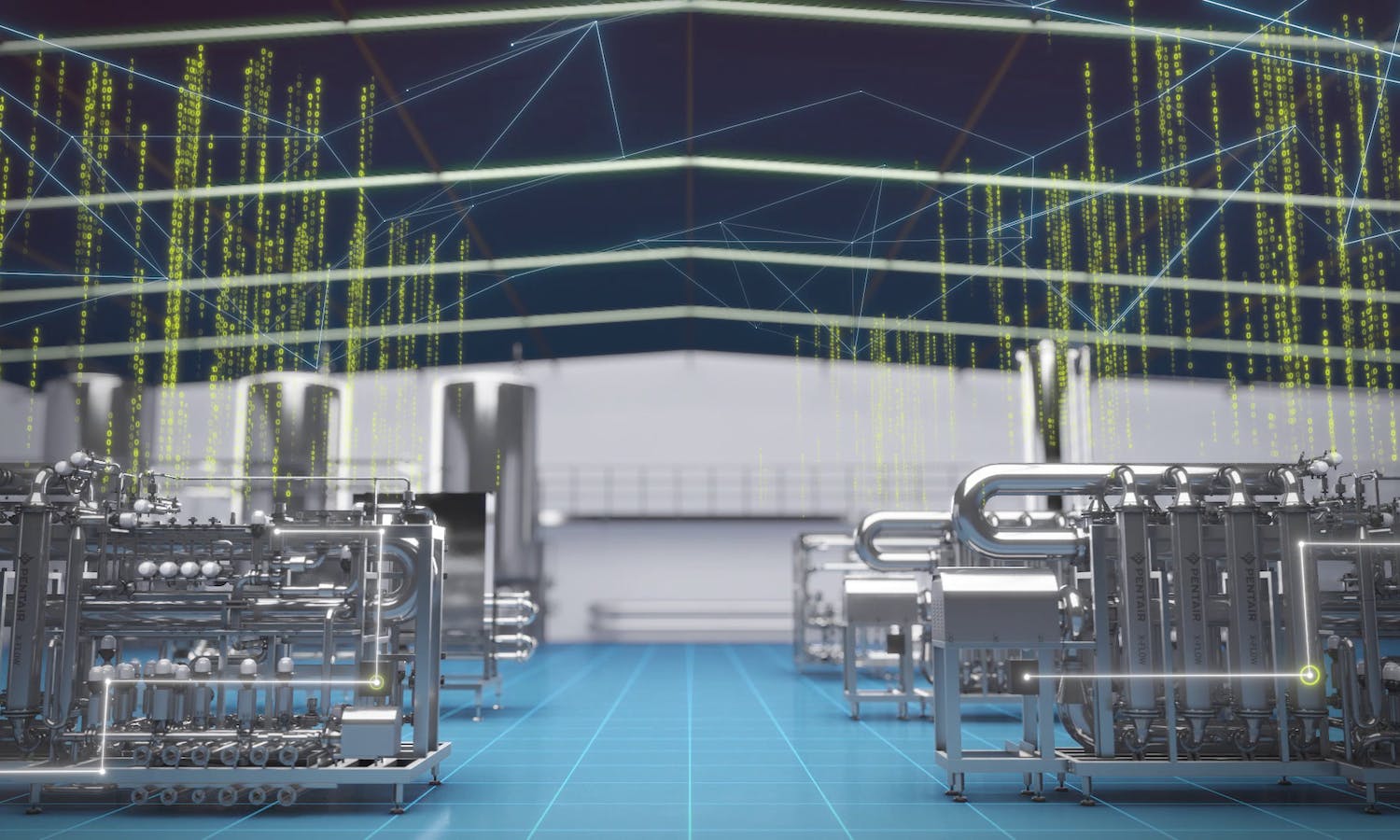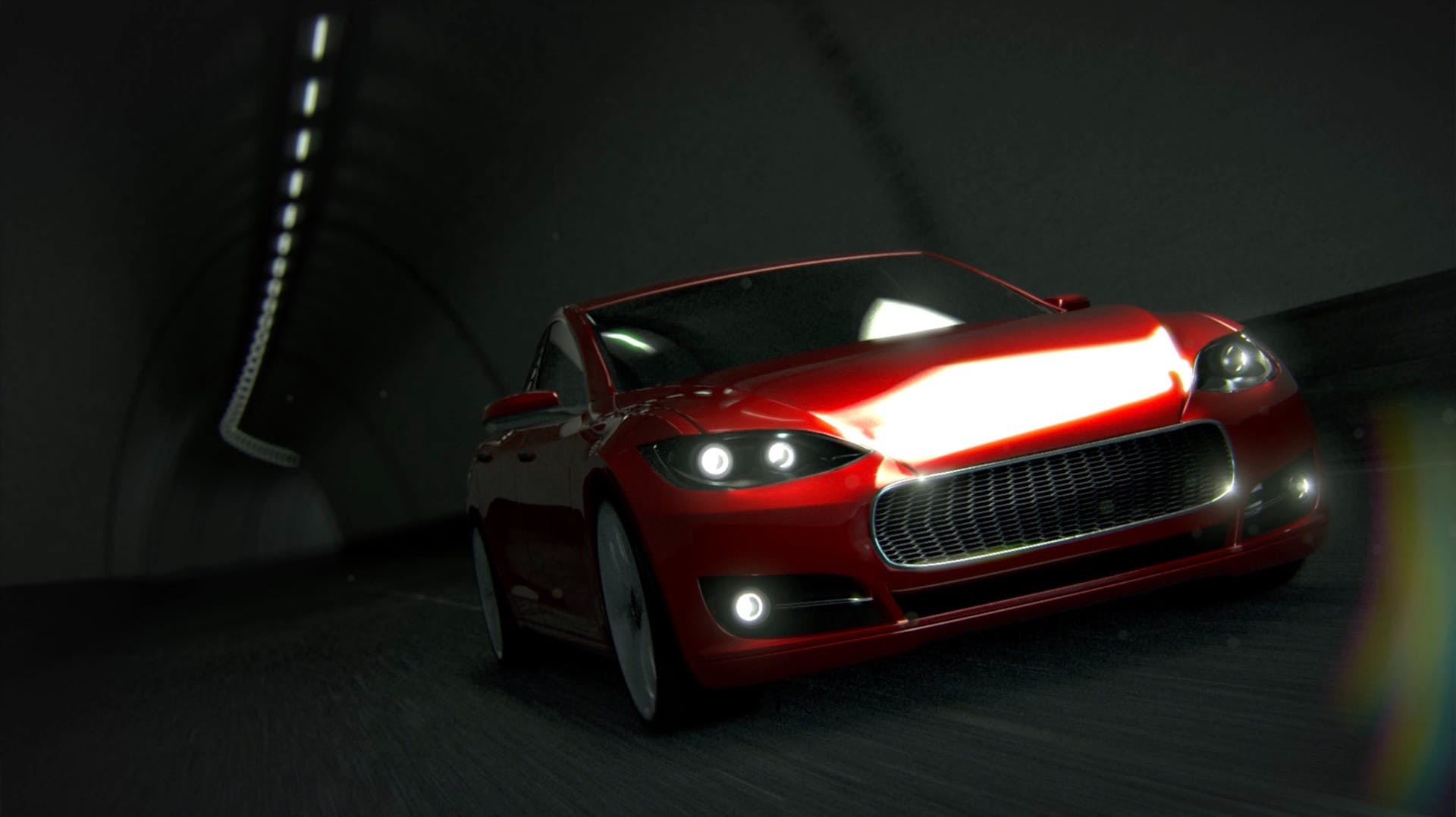3. Hightech - TenCate
With virtual reality the keyword is experience. It means you can experience how it is to find yourself in a different situation. This makes the VR marketing examples already mentioned in this article so powerful. Virtual reality involves a translation from information to an image. The question remains, however: what do you wish to communicate? A certain product, for example, might incorporate special technical specifications, but the benefits of these only become apparent when the product is seen or used in its completed condition. As it happens, many products form part of a larger system or are so small that the product, and therefore its benefits, is simply not visible. The difficulties perceived in the simple explanation of a technical product’s benefits depend on the position in the value chain.
The reason we use VR for TenCate is that TenCate, as a supplier of materials, cannot easily visualise the benefits of its products for users just by showing them the materials. By using visual tools such as VR, the added value of a composite, for example, becomes clearer as soon as you are able to show how the product is used and what its function is at a particular location. Instead of producing a brochure listing the technical specifications of a certain material, it’s now possible to show how effective the product is in protecting the end user from external attack (see example with military helicopter personnel below). Potential clients of TenCate will understand immediately why this product is interesting. Other visualisations we have made for TenCate have, for example, helped the company win orders from Alfa Romeo and from the Pentagon. These practical applications have really proved their worth.
